
Why Choose Handmade Rugs Over Machine Made?
While decorating houses people always try to get something fresh, from contrasting window curtains to rustic wooden chairs. Then why not choose something created with PASSION AND CREATIVITY like a handmade rug, which can easily light up the character of your house, as they also will tell a lot about you and your taste in adorning your house.
Handmade rugs are one of a kind as they make you think about which rug might be ideal for your room, they even let you EXPLORE YOUR OWN PERSONAL STYLE in prettifying your new house’s look. On the other hand, machine-made rugs are mass-produced and they lack a unique kind of personality to them.
It is so mind-boggling when you are certain about how these rugs can be a great investment and a fine piece of art at the same time.
Handmade rugs do APPRECIATE IN VALUE as time passes by, there are auctions held on handmade rugs. A rug is qualified for an auction on the basis of, how old the rug is and the art over a rug made by the artist.
What makes these rugs more interesting is that the colors used to make these rugs are extracted from plants and flowers, such rugs use optimum and natural resources to design and finish the product in an eco-friendlier way.
How To Tell If A Rug Is Handmade?

Handmade rugs have a different kind of feel to them, it almost feels like you are walking over a cloud without even being GOD.
Handmade rugs feel so soft and cushiony under the feet, which will always let your guest only talk about this artifice for most of the time other than asking useless whereabouts.
Identifying a handmade rug is pretty easy.
You just gotta look at their details, these rugs are manually sewn has a lot of detailing to them. Looking out for minor uneven stitching tells you that the rug is completely handmade as there is the scope of something to go wrong.
Their colors also are a bit worn out as no chemical colors are used to make them. Buying a real handmade rug makes you tension-free, as your loved one would never face a single skin allergy stepping on them.
The sight of knots all over the rugs is also expected as these pieces are manually made with hands. The entire structure of the rug is a little bit unorganized.
Machine-made rugs are even on all sides, you can easily identify a machine-made rug at the first glance itself. As beauty lies in imperfection, buyers are happy with the custom-made rug.
Makers almost spend days behind a single rug, which is why they are mostly so expensive.
Apart from being impeccable, these rugs show the artist’s inspiration behind making them.
Every weaver makes sure he/she uses the best materials as they should be long lasting and the color should not wear off within a few washes.
Different Kinds of Material Used to Make Rugs.

Weavers make sure about every aspect of the rug as it will be used for a lot of different purposes.
One of the top priorities of the maker is to maintain a standard quality of the rug and use the best materials. Materials used in handmade rugs are of stellar quality as owners never complain about skin allergies faced by them and their children.
Guess what! Handmade rugs are PET FRIENDLY TOO!
There are dozens of materials used to make a single sheet of a rug, the primary materials used to weave a rug are wool, cotton, and cotton. Sometimes weavers also use animal skin just to give a royal feel to it.
Indian Culture of Making Rugs
Allow me to take you back to the 16th century, where Great Mughal Akbar had gained clout in India.
Being a Mughal he always loved collecting beautiful artifacts around him. In order to bring some glamour to the palace, Akbar brought a few carpet makers from Persia.
Shortly the Persian craftsman started a weaving industry in India from scratch. In Agra, Delhi, and Lahore they set up workshops for the public. In 1520-1530 Akbar started training prisoners, the art of rug making, which made every prisoner an artisan.
Some of them even turned out to become masters of rug making in that short period of time. Akbar’s intelligence revolutionized the rug market. Materials sourced back then were natural, like silk, cotton, wool, and sometimes even animal skin. Colors used in these rugs were extracted from plants and vegetables to use optimum natural resources.
Soon these rugs started falling over royal floors of gigantic palaces. Perineum rugs even consisted of materials like golden strings and gemstone to give them an even more exquisite look. Soon every weaver had his own way of influence to make a rug, which resulted in every rug being a rare piece of artifice.
Sadly in the 19th century, the quality of Indian weaving decreased drastically, resulting in only highly skilled weavers enduring in the market. This made most of the skilled artisans moving to Pakistan and India had to make new weavers. This led a lot of women to show interest in rug making industry which made the supply balance in the country.
India is still considered a qualitative market for its rug market for its static design and deep artsy character.
How to Clean Handmade Rugs?
Handmade carpets can last a long time if properly cared for, but cleaning them is not an easy task, and you should be aware of what you are about to undertake.
-
Rotation
Rug rotation should be done on a regular basis, such as at least every 3 to 6 months. If you discover that the heavy activity sections of your rug are becoming soiled or that the nap has lost its original direction or form, repeat this process more frequently.
Decrease the amount of bright sunlight your rugs receive by rotating them on a regular basis. If you rotate your rugs, they'll wear more evenly and retain their original look and value.
-
Vacuuming, but with caution
Just like the rest of your house, your rug may be vacuumed as often as you prefer. As a result of vacuuming your rug regularly, you won't need to have it done professionally as often and it'll look and last better.
But - don't ever use the beater bar of a vacuum to vacuum your expensive rug! According to your vacuum, you can use a higher setting, an accessory, or turn off the beater bar (if you have one). A motorised beater bar can be avoided by using a device that produces suction. That wasn't so awful, was it?
-
Spills
A paper towel is the best approach to clean up spills. Spray water on the area and wipe again (club soda also helps). Repeat as required. For pet urine, spray with white vinegar to break down the chemicals that cause the stench to be pungent.
-
Padding
To stop carpets from sliding, place cushions under them. This will help to extend the lifespan of the rug by cushioning the effect between shoe soles and hard floor surfaces. The next step is to assess if you actually need a pad or not.
Rugs that are too large or have been stitched or rewoven, or those with weak foundations should be treated with one, according to the rule of thumb. An appropriate rug pad should be approximately an inch smaller than the rug itself, in order to ensure that the pad is not easily recognisable.
Checkout our collection of handmade rugs.

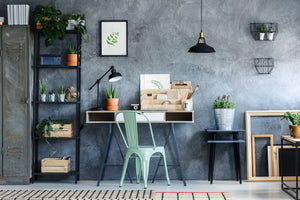
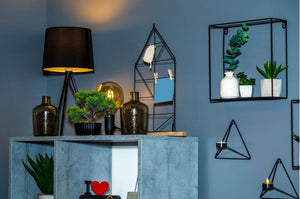

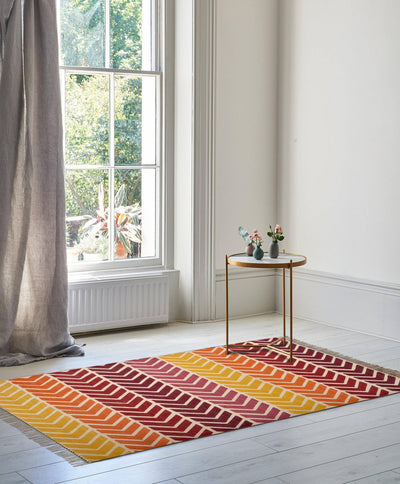
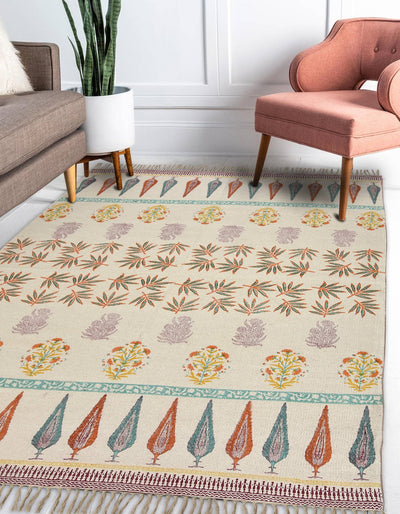
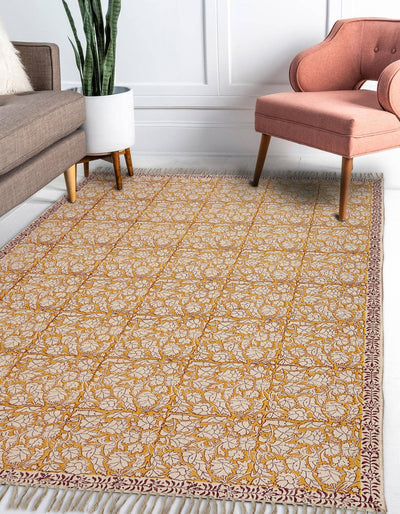
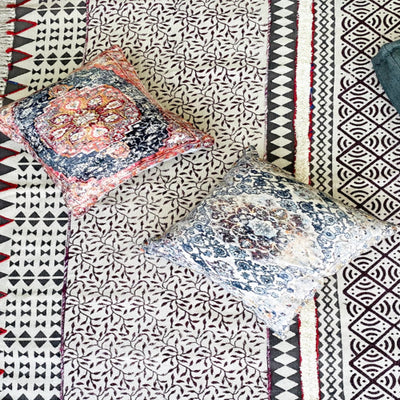
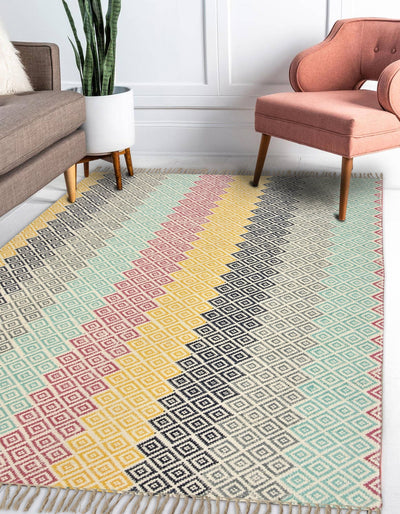
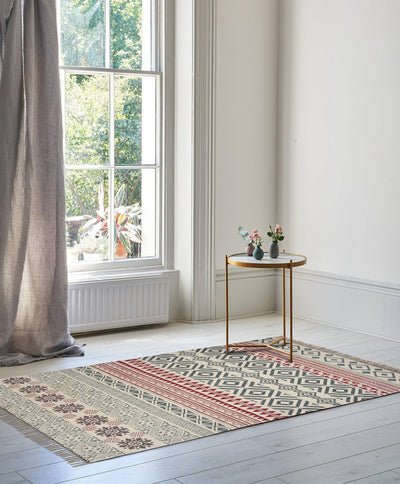
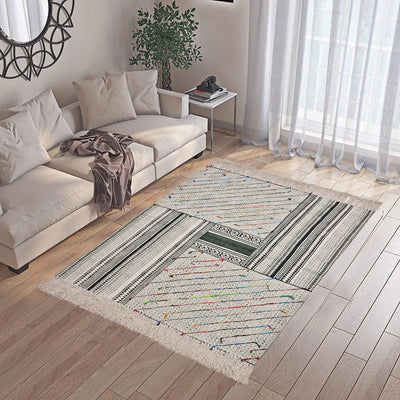
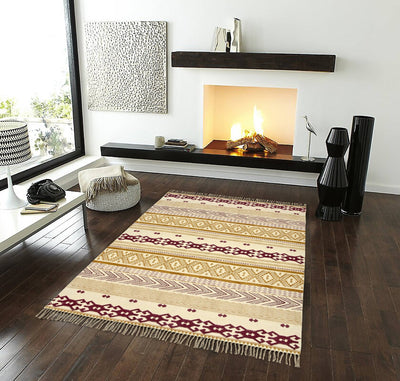
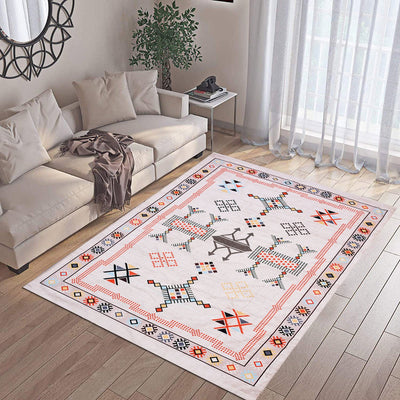
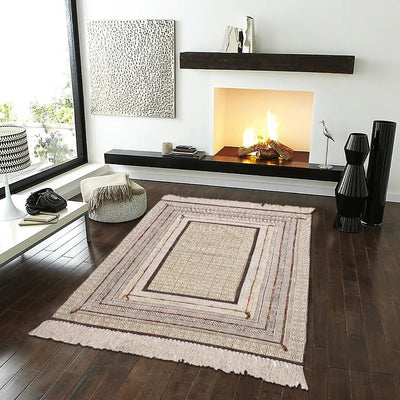
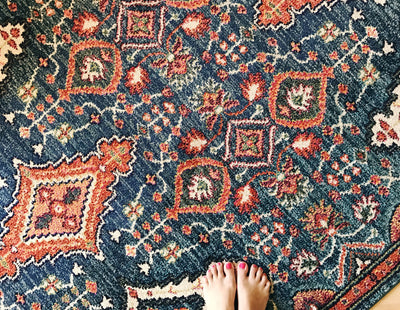
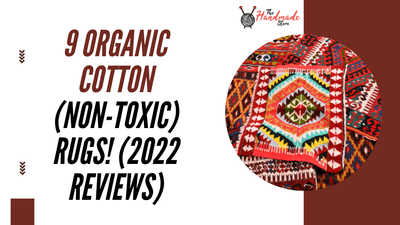
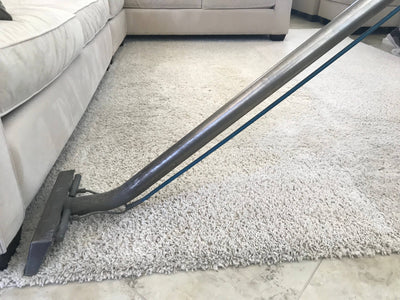
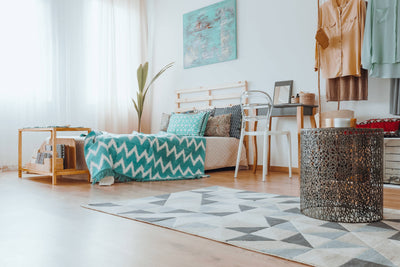



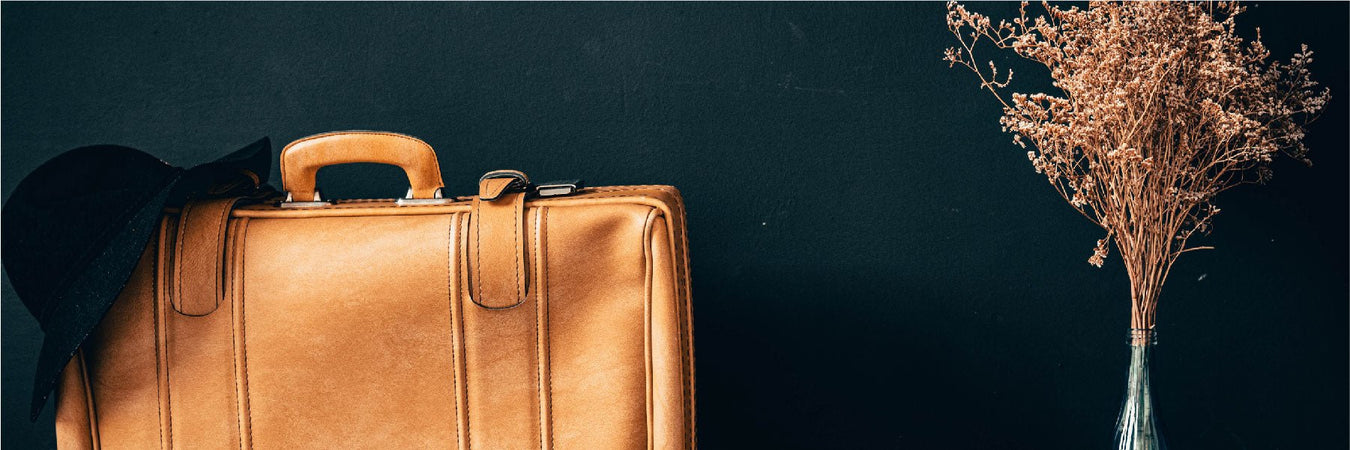
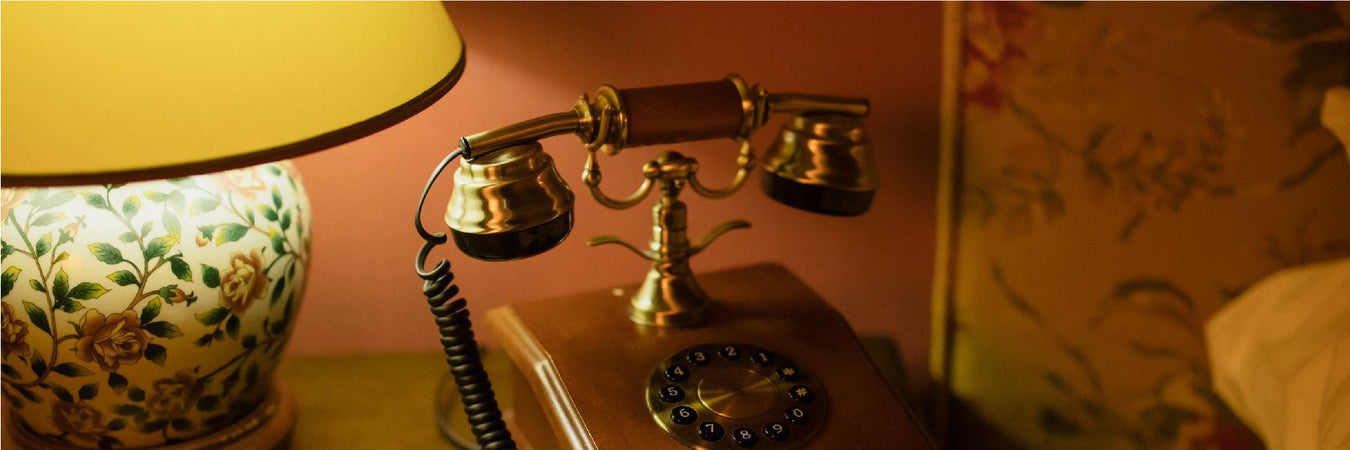


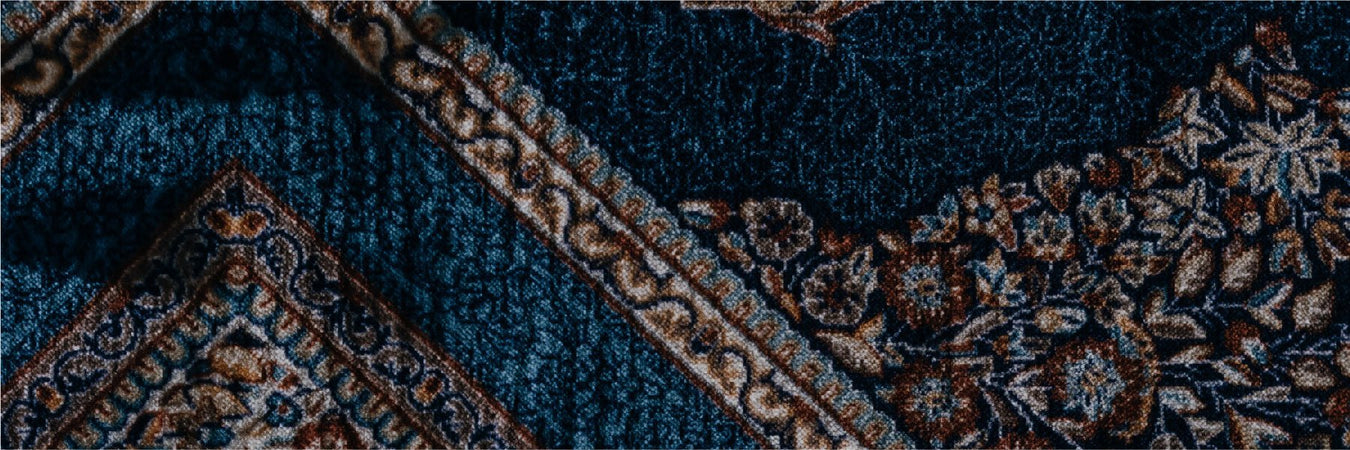

Leave a comment